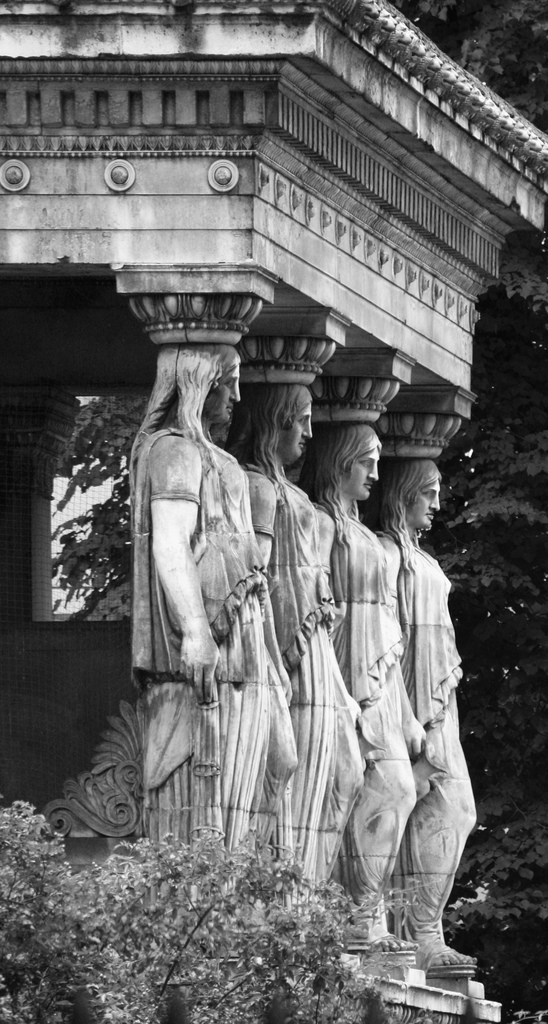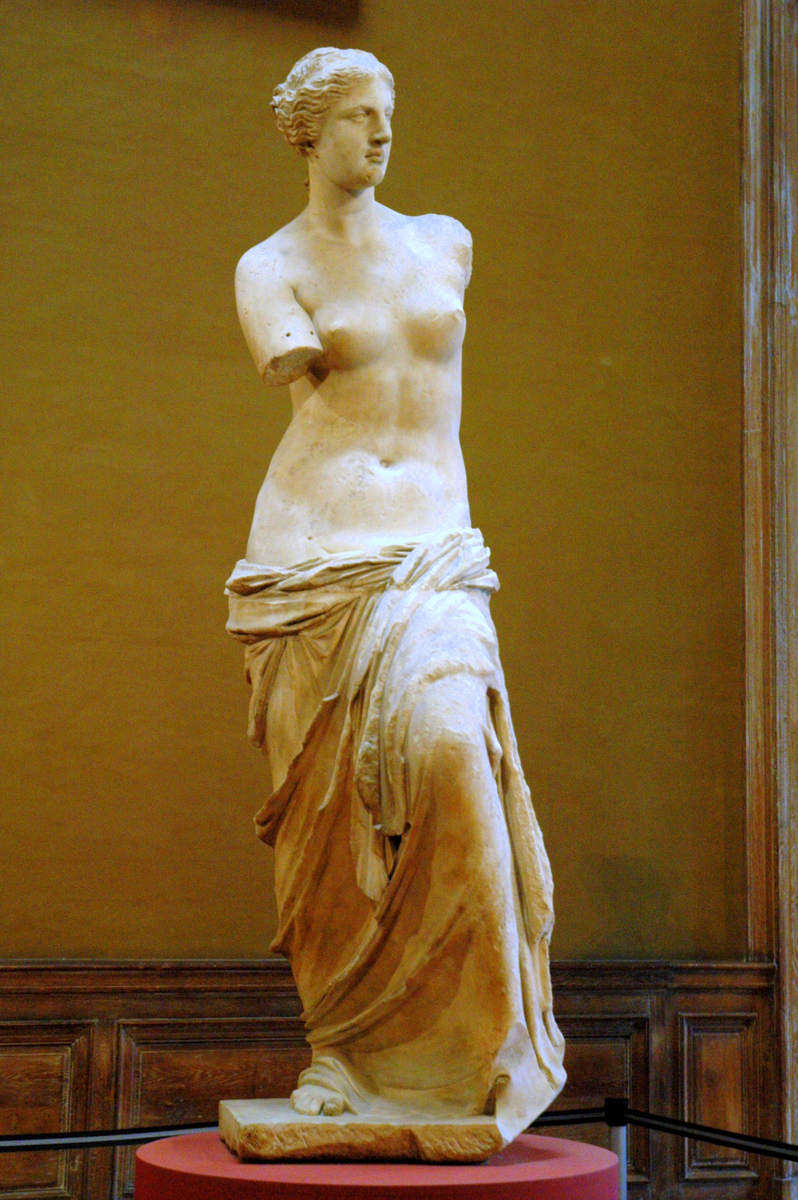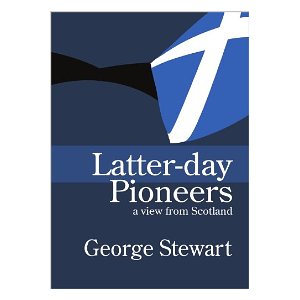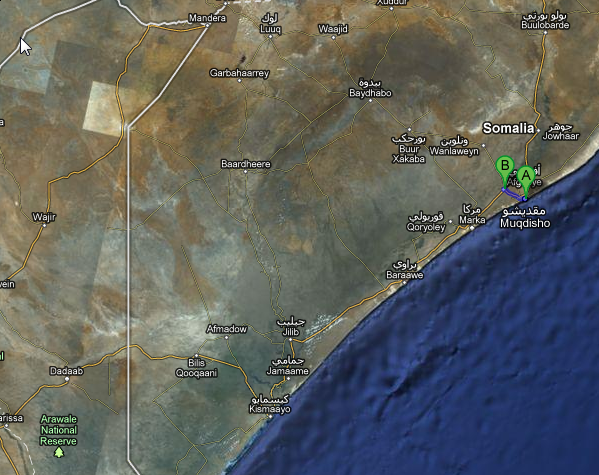Search results for: “hell part 2”
-
Literary DCGD #29: Farewell to Nauvoo
I’ve long thought that Nauvoo was a kind of Mormon Camelot, a shining, hopeful city built on consistent, righteous principles that fell apart amid internal dissension. While I wouldn’t push the analogy too far, I think it kind of works on the surface, especially given the standard portrayal of Nauvoo in lessons like Doctrine and…
-
Literary DCGD #20: From The Arcana of the Infinite
It seems like a few verses in the D&C are all we know about the life after this. Lesson 20 of the Gospel Doctrine manual covers D&C 76, 131, 137, and part of 132, and in these scriptures we discover a structure for the hereafter, a segregation of the children of God into groups based…
-
Literary BMGD #47: While of these emblems we partake
Including the sacrament prayers in Moroni 4, and indeed all the instructions in Moroni 2 through 6, seem almost like an afterthought to the Book of Mormon—kind of like “Oh, yeah, you’ll need to know this stuff too.” And these instructions only make sense if they are written for us today, for Moroni himself is…
-

Finding My Heavenly Mother, Part 3 (Eternal Polygamy Edition)
Since polygamy will keep rearing its ugly head every time we try to talk about Heavenly Mother, I’ve given it its very own post, as promised. Polygamy occupies an uneasy place in the psyche of many Mormons today. Although the practice was abandoned by the church in the early 20th century, it is exotic and taboo enough…
-

Finding My Heavenly Mother, Part 2
The same drive which called art into being as a completion and consummation of existence, and as a guarantee of further existence, gave rise also to that Olympian realm which acted as a transfiguring mirror to the Hellenic “will.” The gods justified human life by living it themselves—the only satisfactory theodicy ever invented. –…
-

International Bibliography 2011
This year I’ve again managed to put together a bibliography of international works on Mormonism. While I thought the list was substantial last year, it is much larger this year, at least in part because I think I’ve gotten better at finding what has been published. With any luck this will help call attention to…
-
BMGD #4: 1 Nephi 12-14
Note that I will not be posting notes for lesson #5; I’m taking the week off. (Notes for lesson #6 should be right on schedule, however.) Also note that when I teach this, I plan on covering 1 Nephi 11-15, since I think it makes more sense to treat Nephi’s vision in its entirety and…
-
BMGD #3: 1 Nephi 8-11; 12:16-18; 15
This isn’t a lesson; it is the notes from which I will prepare a lesson.
-

“What the Hell Is Happening in Somalia?” – Part 3
Once upon a time there was a boy named Ghedi. Ghedi has a little brother named Korfa. Ghedi and Korfa are best friends. They live in Mogadishu, in apartment #214, between the Suuqa Bakaaraha and the high school, just across from the Catholic school. Korfa likes to watch Sesame Street with Ghedi. Their mom and…
